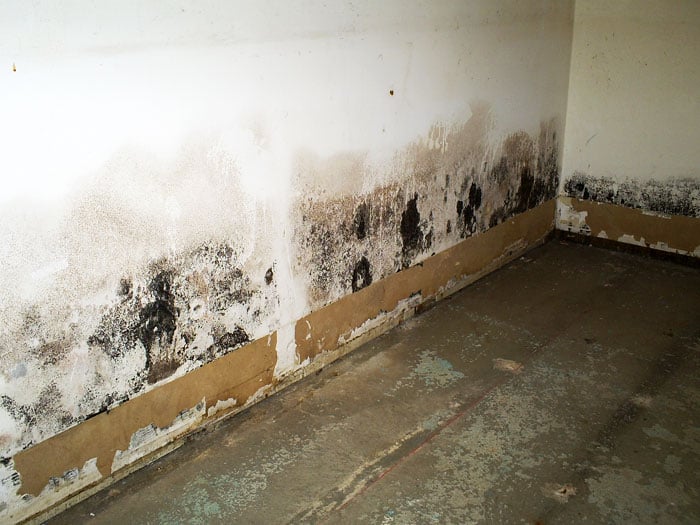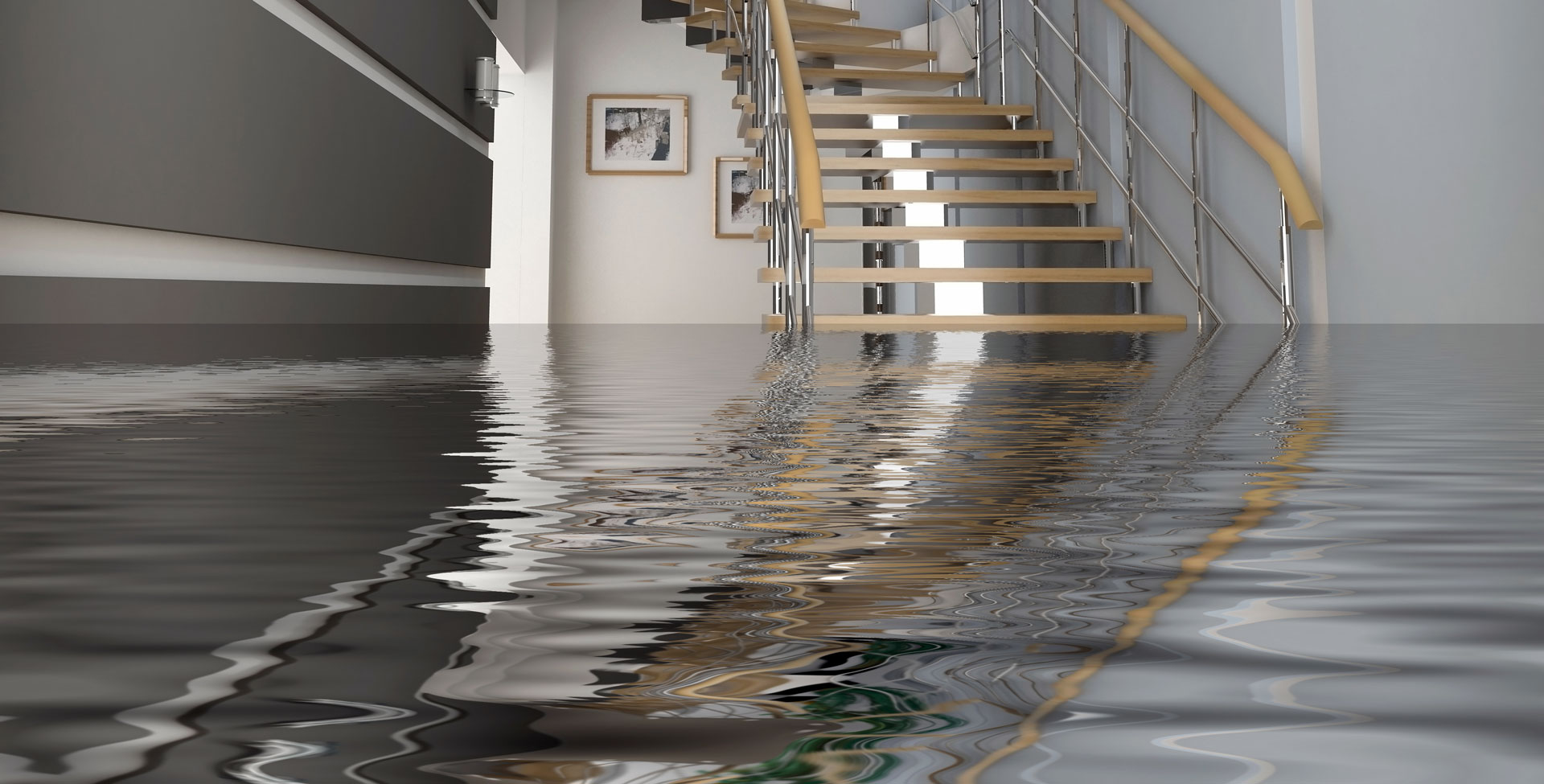Nearly everybody has their private way of thinking in relation to Reducing Your Risk Of Water And Fire Damage At Home.

Though water gives life, water invasion on components where it's not supposed to be can lead to damages. It can peel off away surface areas and wear down the foundation if the water saturates right into your framework. Mold and mildew and mildew also flourish in a moist atmosphere, which can be harmful for your wellness. Residences with water damages smell old and also mildewy.
Water can come from many sources such as hurricanes, floods, burst pipes, leaks, and also sewage system concerns. In case you experience water damages, it would certainly be great to know some safety preventative measures. Right here are a few guidelines on how to deal with water damages.
Do Prioritize Residence Insurance Coverage Protection
Water damage from flood as a result of hefty winds is seasonal. You can additionally experience an abrupt flood when a faulty pipeline unexpectedly bursts into your residence. It would certainly be best to have residence insurance coverage that covers both acts of God such as all-natural calamities, as well as emergency situations like busted plumbing.
Do Not Neglect to Shut Off Utilities
This reduces off power to your whole home, protecting against electric shocks when water comes in as it is a conductor. Don't fail to remember to transform off the main water line shutoff.
Do Remain Proactive and Heed Climate Signals
Tornado floodings can be extremely unpredictable. Stay positive as well as ready if there is a history of flooding in your area. Pay attention to evacuation warnings if you live near a creek, lake, or river . Obtain prized possessions from the ground floor and basement, then put them on the highest possible level. Doing so decreases prospective residential property damage.
Do Not Disregard the Roof
You can prevent rainfall damages if there are no openings and leaks in your roofing system. This will certainly protect against water from moving down your walls as well as saturating your ceiling.
Do Take Notice Of Tiny Leakages
A ruptured pipeline does not occur overnight. Usually, there are red flags that suggest you have actually damaged pipelines in your house. You might observe bubbling paint, peeling wallpaper, water touches, water stains, or leaking sounds behind the walls. Eventually, this pipeline will certainly burst. Preferably, you should not wait for things to escalate. Have your plumbing repaired before it causes large damage.
Do Not Panic in Case of a Burst Pipe
Maintaining your presence of mind is crucial in a time of crisis. Stressing will just compound the issue due to the fact that it will stifle you from acting quick. When it comes to water damage, timing is crucial. The longer you wait, the more damages you can anticipate. Hence, if a pipeline bursts in your home, promptly shut down your main water valve to cut off the source. Then disconnect all electric outlets in the location or turn off the circuit breaker for that part of the house. Call a reliable water damage remediation expert for help.
Water gives life, water intrusion on parts where it's not supposed to be can result in damages. Residences with water damage smell musty and also old.
Water damages from flooding fees to heavy winds is seasonal. You may see gurgling paint, peeling off wallpaper, water streaks, water stains, or dripping audios behind the wall surfaces. When it comes to water damage, timing is essential.
Some Do's & Don't When Dealing with a Water Damage
DO:
Make sure the water source has been eliminated. Contact a plumber if needed. Turn off circuit breakers supplying electricity to wet areas and unplug any electronics that are on wet carpet or surfaces Remove small furniture items Remove as much excess water as possible by mopping or blotting; Use WHITE towels to blot wet carpeting Wipe water from wooden furniture after removing anything on it Remove and prop up wet upholstery cushions for even drying (check for any bleeding) Pin up curtains or furniture skirts if needed Place aluminum foil, saucers or wood blocks between furniture legs and wet carpet Turn on air conditioning for maximum drying in winter and open windows in the summer Open any drawers and cabinets affected for complete drying but do not force them open Remove any valuable art objects or paintings to a safe, dry place Open any suitcases or luggage that may have been affected to dry, preferably in sunlight Hang any fur or leather goods to dry at room temperature Punch small holes in sagging ceilings to relieve trapped water (don't forget to place pans beneath!); however, if the ceiling is sagging extremely low, stay out of the room and we'll take care of it DO NOT:
Leave wet fabrics in place; dry them as soon as possible Leave books, magazines or any other colored items on wet carpets or floor Use your household vacuum to remove water Use TV's or other electronics/appliances while standing on wet carpets or floors; especially not on wet concrete floors Turn on ceiling fixtures if the ceiling is wet Turn your heat up, unless instructed otherwise

I discovered that piece of writing about Fire And Water Damage Prevention when doing a lookup on the search engines. Don't hesitate to set aside a second to distribute this entry if you liked it. I praise you for your time. Kindly check up our site back soon.